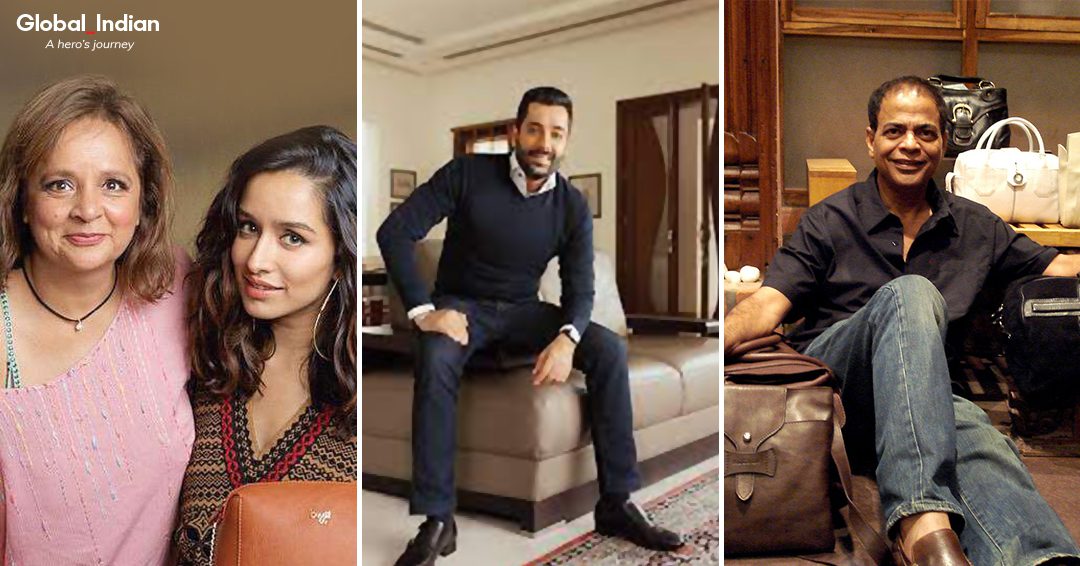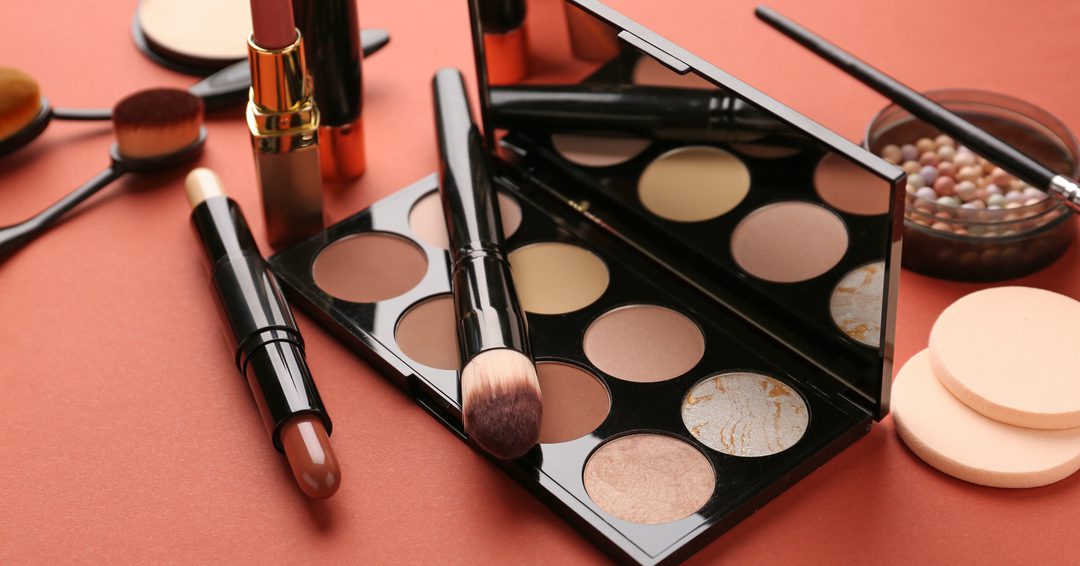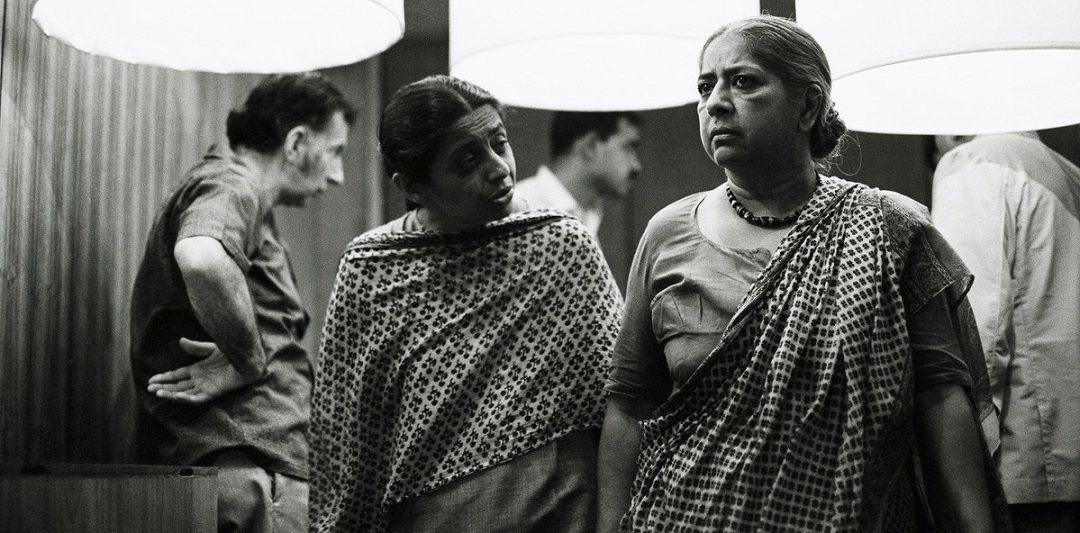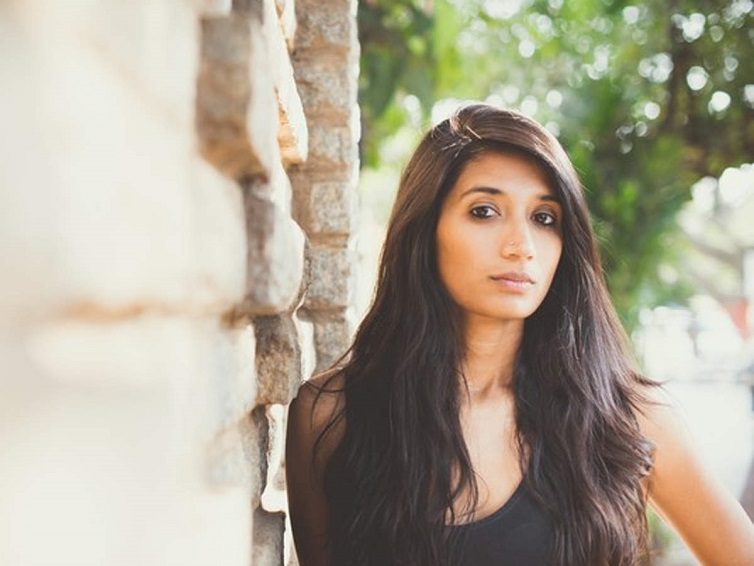(July 31, 2021; 6.45 pm) What’s in a bag, you say? A lot actually. Your handbag is not just functional or a mere fashion accessory; it is a personal statement, a way to express yourself, a status symbol if you will. While not everyone is going to be carting along a Louis Vuitton or Hermes, they are definitely going to be wanting to carry along one that is as convenient as it is gorgeous; something that is as durable as it is stylish. And definitely not something that will burn a hole in one’s pocket.
Turns out, Indian handbag manufacturers have been listening… and delivering. The women’s handbag market in India has been burgeoning in the past few years. According to a Technavio report, the Indian handbag brands market could potentially grow by over $207 million from 2021 to 2025. With trends evolving as frequently as the seasons, the scope for this particular market has never looked better. And now, some of these homegrown brands have also expanded their horizons and have begun catering to international clients.
Global Indian looks at how these brands are changing the handbag game, one stylish design at a time.
Hidesign
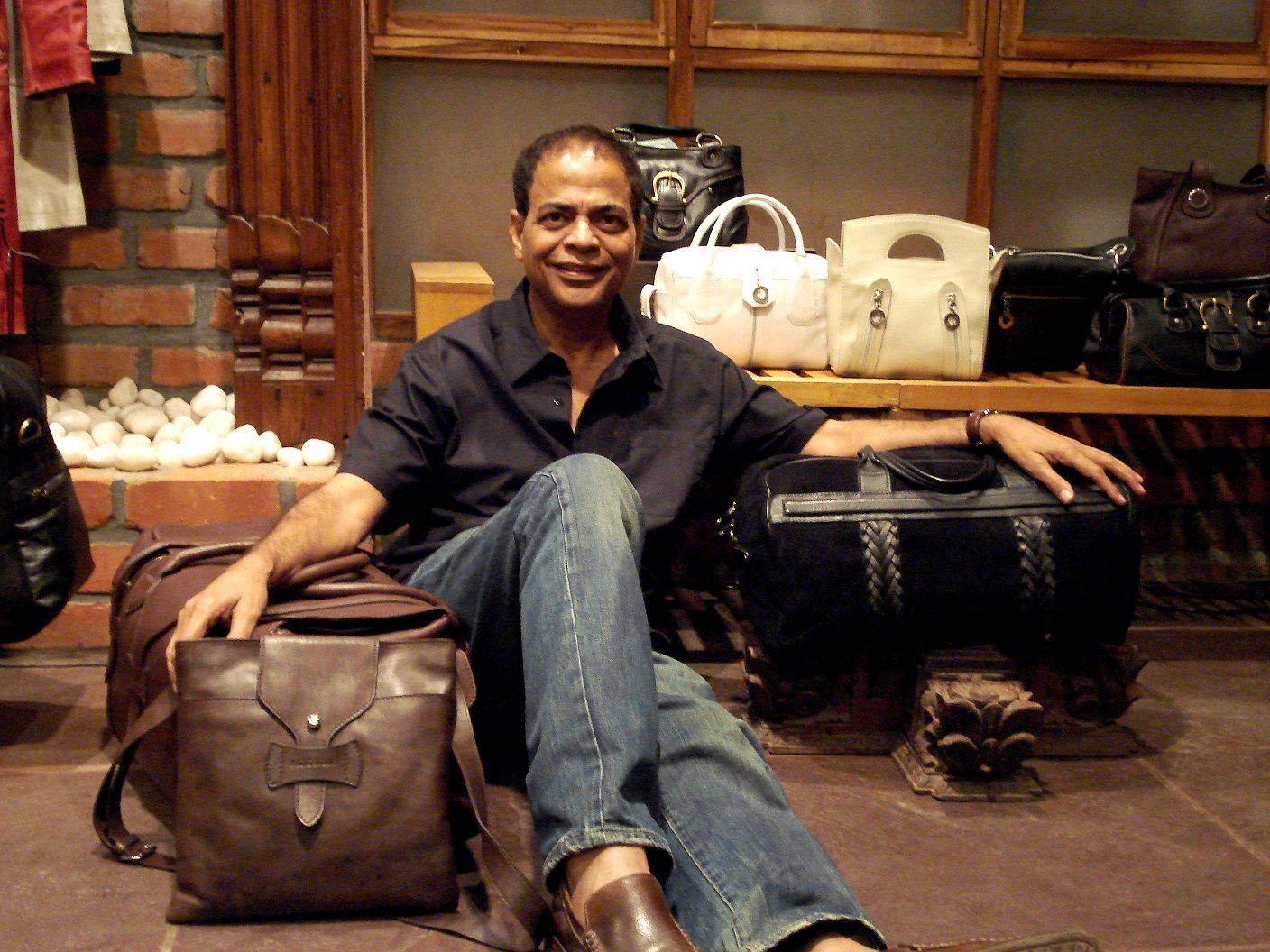
Dilip Kapur
One of the few Indian luxury brands, Hidesign was launched in 1978 by Dilip Kapur in Pondicherry as a form of rebellion against mass produced products. He wanted to create a product that was different from the uniform and synthetic flatness of other leather bags available in the market. While it initially only had customers who weren’t going to mainstream stores, it burst onto the mainstream scene 10 years later. Kapur initially started Hidesign as a hobby: he had worked in a leather factory while doing his PhD at Princeton University. When he came back to Pondicherry, he began making leather bags – his first bag earned him ₹300. He soon launched the company with a capital of ₹25,000 and one cobbler. Hidesign came to be known for its veg tanned, full grain leathers and styles that were quite different from the run-of-the-mill ones available in the market. The brand picked up popularity and has now become a luxury brand across the country and globally with over 102 exclusive stores and a distribution network in 23 countries.
Da Milano
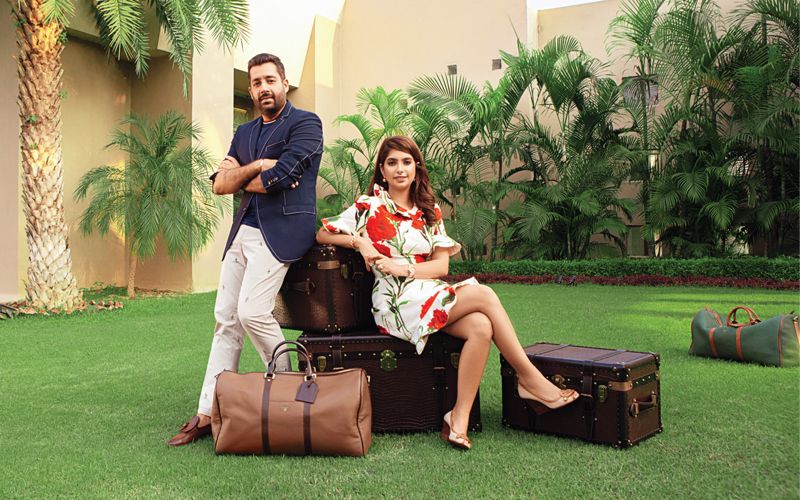
Sahil Malik with his wife Shivani; Photo Courtesy: You and I
Launched in 2000 by NIFT-graduate Sahil Malik, Da Milano was born primarily because Indian didn’t have any premium handbag store at the time. More often than not, consumers bought their luxury bags from international retailers. Twenty years since its launch, this brand is fashioning a global empire for itself. Today, the brand has over 75 stores and clocked in a turnover of ₹143 core as of 2020. The fact that Da Milano offers a lifetime warranty for all its products has certainly helped it cement the trust-factor. A winning strategy that Malik applied when opening any store was the ‘McDonalds strategy’ of ensuring prime locality/the right real estate to ensure footfall. The brand sources its leather from Italy and Brazil, while the accessories come from China and Hong Kong. Da Milano entered the international markets and currently has a presence in Kathmandu, Qatar, Bahrain, and Dubai.
Baggit
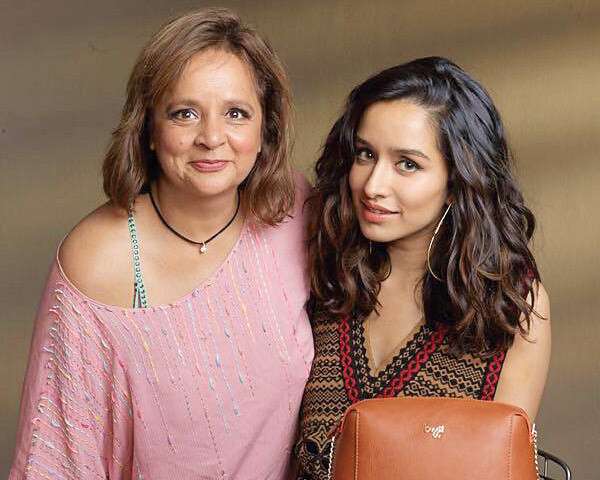
Nina Lekhi with Shraddha Kapoor
Nina Lekhi was all of 18 when she launched Baggit 30 years ago as an eco-friendly, vegan alternative to the luxury bags available in the market. With an investment of just ₹7,000, Lekhi began selling her bags at exhibitions and supplied to a few retail stores. Soon she was doing her own exhibitions which led to bigger retail outlets such as Shopper’s Stop stocking her collection. When she tried to open her first offline store in 2000, it was a huge dud and she suffered massive losses. Not one to be put off, Lekhi worked her way around the many challenges in her path and today, the brand is rather successful. While, many Indian handbag brands import their materials, Baggit ensures that everything they use is locally sourced. Today, Baggit is worth ₹111 crore with over 360 SKUs and 10 franchised stores. Lekhi now has her sight set on the international market mainly through online channels to begin with.
Also Read: Neeraj Kakkar: The man who’s keeping traditions and memories alive, one drink at a time
